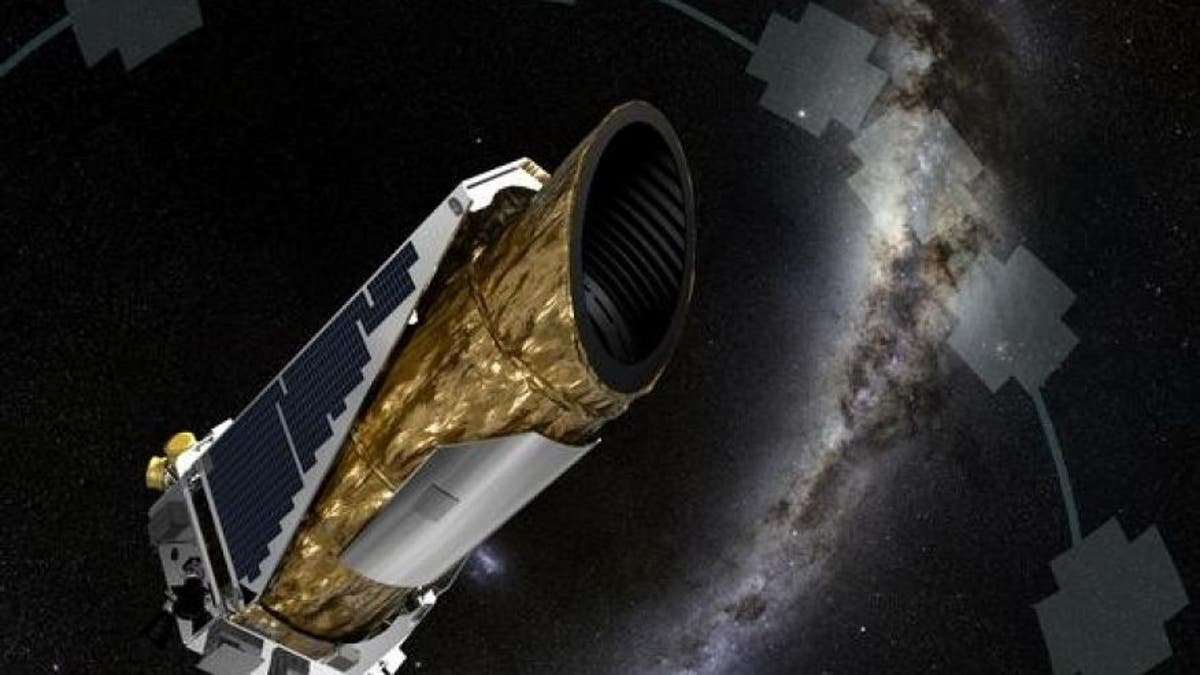
(NASA Ames/JPL-Caltech/T Pyle)
NASA engineers have successfully recovered the Kepler spacecraft from emergency mode, the space agency announced Monday.
The spacecraft, which is nearly 75 million miles away and responsible for detecting nearly 5,000 planets outside our solar system — slipped into emergency mode sometime last week. The last regular contact was April 4.
The mission has now cancelled the spacecraft emergency, which was Kepler’s first during its seven years in space.
Related: NASA races to save planet-hunting Kepler spacecraft
“On Sunday morning, the spacecraft reached a stable state with the communication antenna pointed toward Earth, enabling telemetry and historical event data to be downloaded to the ground,” explained Charlie Sobeck, Kepler and K2 mission manager at NASA's Ames Research Center, in a statement. “The spacecraft is operating in its lowest fuel-burn mode.”
With the cancellation of the Kepler emergency, NASA’s Deep Space Network ground communications have been returned to normal scheduling.
Launched in 2009, the spacecraft completed its primary mission in 2012. Despite repeated breakdowns, Kepler kept going on an extended mission dubbed K2.
Related: Saturn probe unaffected by hypothetical Planet Nine, NASA says
NASA explained Monday that once data is on the ground, experts will assess all on board systems to ensure the spacecraft is healthy enough to return to science mode and begin Campaign 9, a Kepler K2 mission to study exoplanets. “This checkout is anticipated to continue through the week,” said Sobeck.
“Earth-based observatories participating in Campaign 9 will continue to make observations as Kepler's health check continues,” Sobeck added. “The K2 observing opportunity for Campaign 9 will end on July 1, when the galactic center is no longer in view from the vantage point of the spacecraft.”
NASA said that the emergency mode began approximately 14 hours before a planned maneuver to orient Kepler toward the center of the Milky Way for Campaign 9. “The team has therefore ruled out the maneuver and the reaction wheels as possible causes of the EM event,” added Sobeck. “An investigation into what caused the event will be pursued in parallel, with a priority on returning the spacecraft to science operations.”
Related: Saturn is absolutely gorgeous in this photo from NASA's Cassini probe
More than 1,000 of Kepler's detected 5,000 exoplanets have been confirmed to date, according to NASA.
Kepler is named after the 17th century German astronomer and mathematician Johannes Kepler.
The Associated Press contributed to this report.
